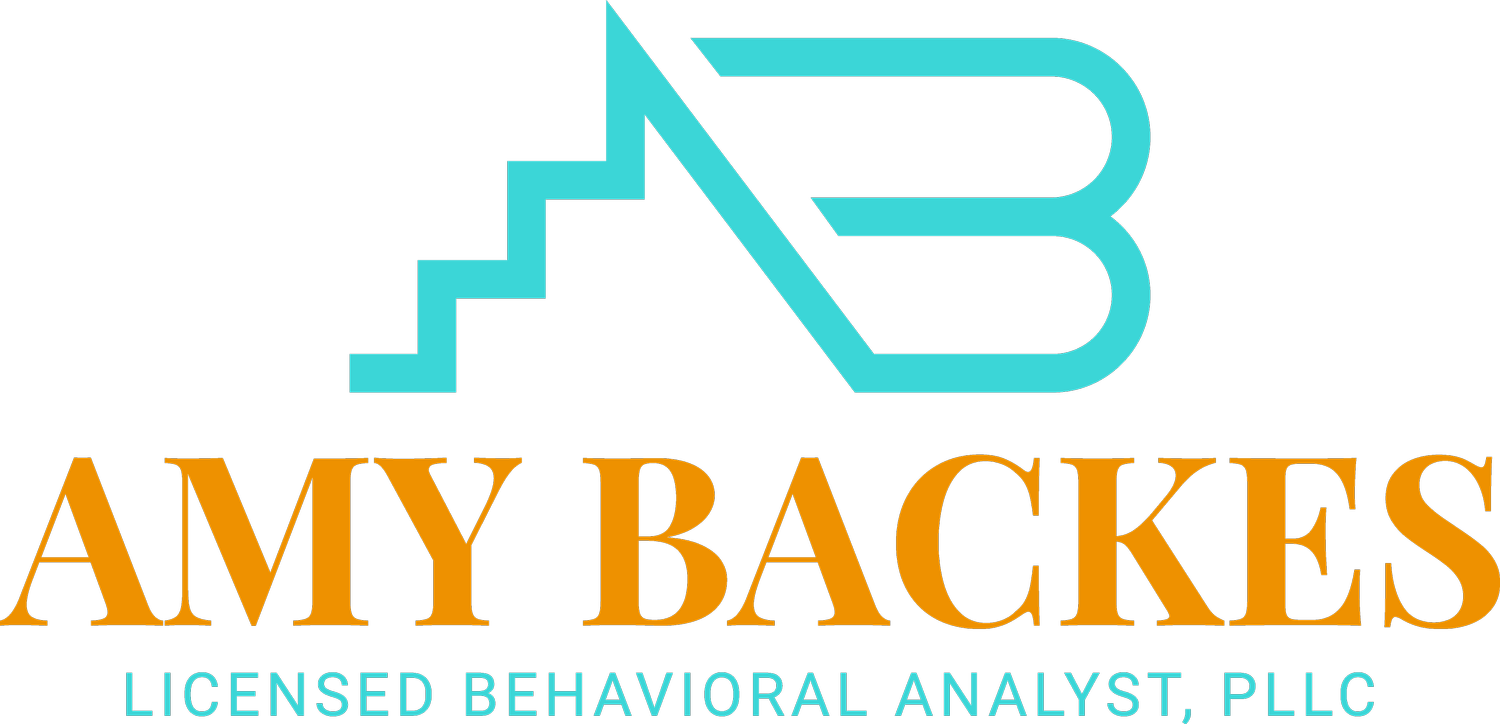What is ABA?
Applied Behavior Analysis (ABA) is an evidence-based practice that is a scientifically supported model effective in the reduction of maladaptive behaviors and the acquisition of skill deficits observed by children diagnosed with Autism Spectrum Disorder (ASD). ABA utilizes specific methods to breakdown skills into smaller teachable steps. ABA and behavioral therapy are the only substantiated treatments for children with autism with scientific evidence demonstrating that the interventions improve the overall health of an individual (Larson, 2013).
ABA utilizes interventions such as modeling, visuals, discrete trial training and naturalistic teaching to increase communication, social, academic, and life skills for independence. These interventions are tailored to you and your learner’s specific needs to create the most opportunities for success.
you may have come across on my page:
ABA Definitions
Applied Behavior Analysis (ABA): Applied Behavior Analysis is a science-based therapy
which uses principles of learning to create change. Assessment and data-based decision making is utilized to create interventions to address behavioral needs.Board Certified Behavior Analyst (BCBA): BCBA is a graduate-level certification in behavior analysis. Professionals certified at the BCBA level are independent practitioners who provide behavior-analytic services.
Licensed Behavior Analyst (LBA): A licensed health care professional who treats individuals with autism, autism spectrum disorders, and other related disorders in a state that regulates behavior analysts and therefore requires a license.
Autism Spectrum Disorder (ASD): is a complex developmental condition involving persistent challenges with social communication, restricted interests, and repetitive behavior. While autism is considered a lifelong disorder, the degree of impairment in functioning because of these challenges varies between individuals with autism.
BCBA Supervision: To obtain your BCBA, you must complete supervised fieldwork. A BACB-approved BCBA who can serve as the supervisor of your ABA program which includes assessment, treatment planning and supervision of direct care staff.
Discrete Trial Teaching (DTT): is a structured ABA technique that breaks down skills into discrete components.
Natural Environment Teaching (NET): A teaching method used in ABA which is implemented within their natural environment. This method presents opportunities for learning in a less formal way than DTT and is a way to increase the generalization of skills.
Functional Communication Training (FCT): is used to teach and establish replacement behaviors for inappropriate or harmful behaviors such as aggression, escape, or noncompliance etc. It is one of the most common interventions used to reduce maladaptive behaviors.
Interventions/Prompts: Instructions, gestures, models, touches, or other techniques are implemented to increase the likelihood that individuals will make correct responses. In other words, it is a specific form of assistance given by a direct care professional before or as the learner attempts to use a skill.
Functional Behavior Assessment (FBA): A process for identifying problem behaviors and developing interventions to improve or eliminate those behaviors based on their functions.
Behavioral intervention Plan (BIP): is a written improvement plan created for an individual based on the outcome of the functional behavior assessment (FBA). The FBA should identify what is maintaining or causing a challenging behavior, and the BIP specifies the actions to take to improve or replace the behavior.

